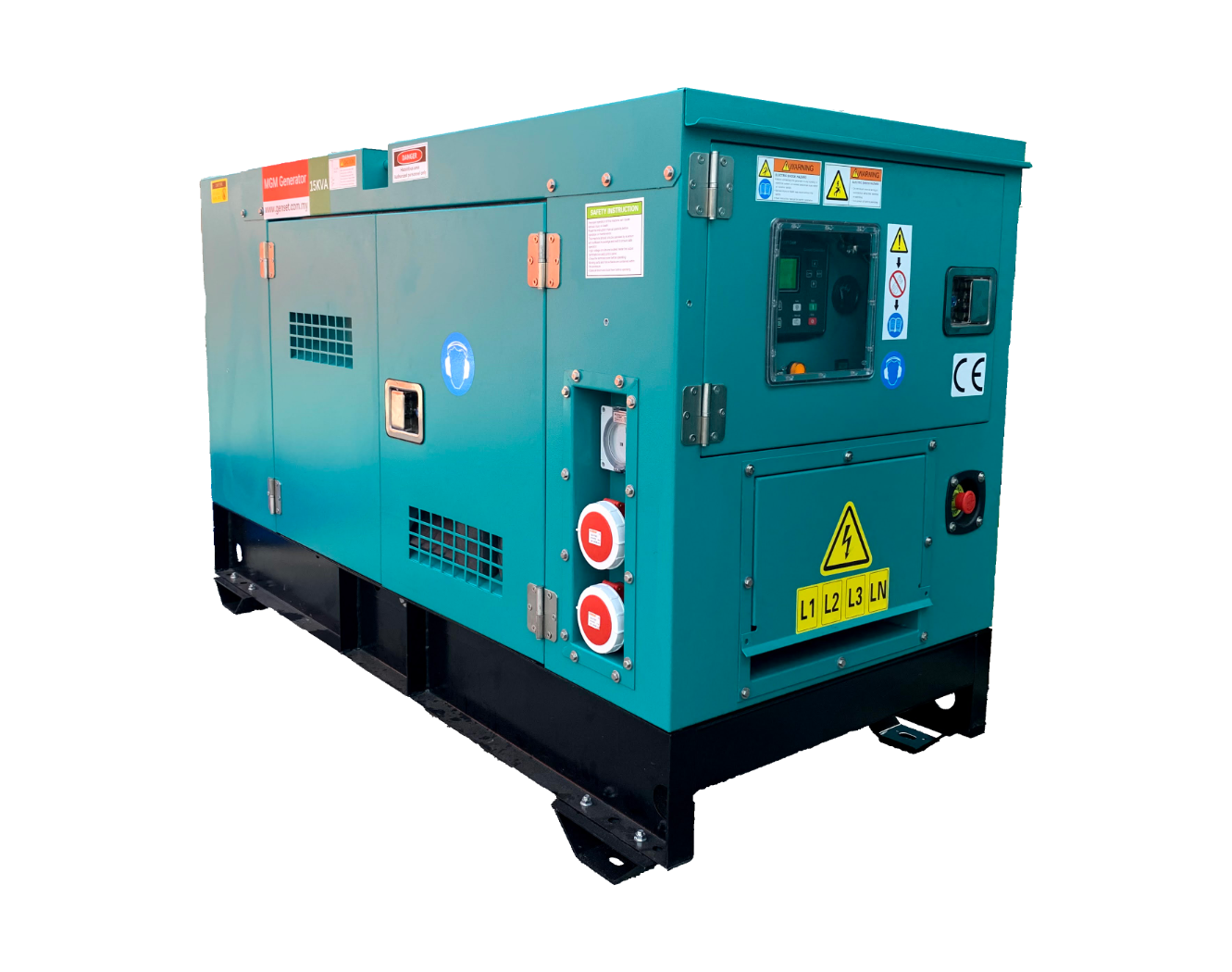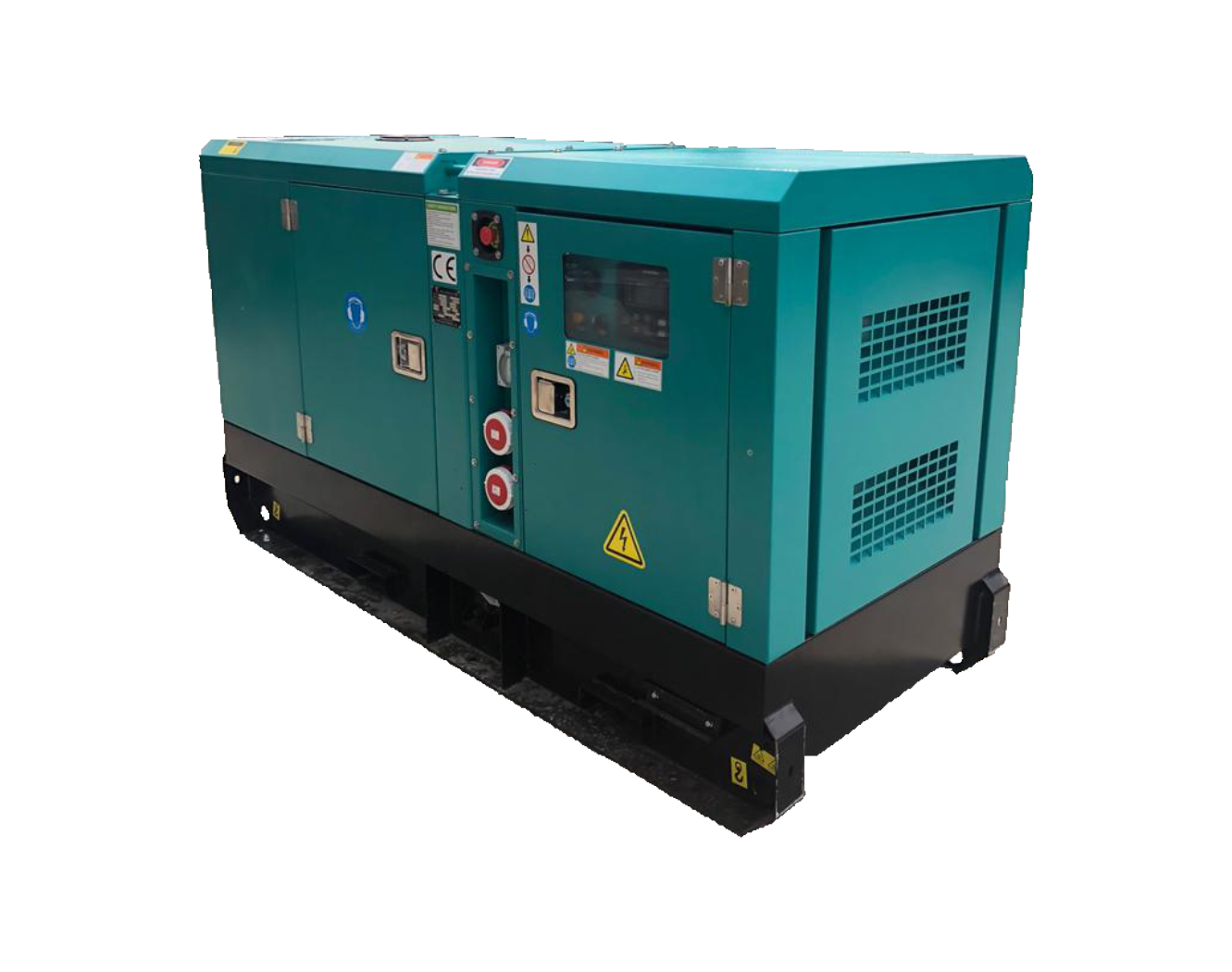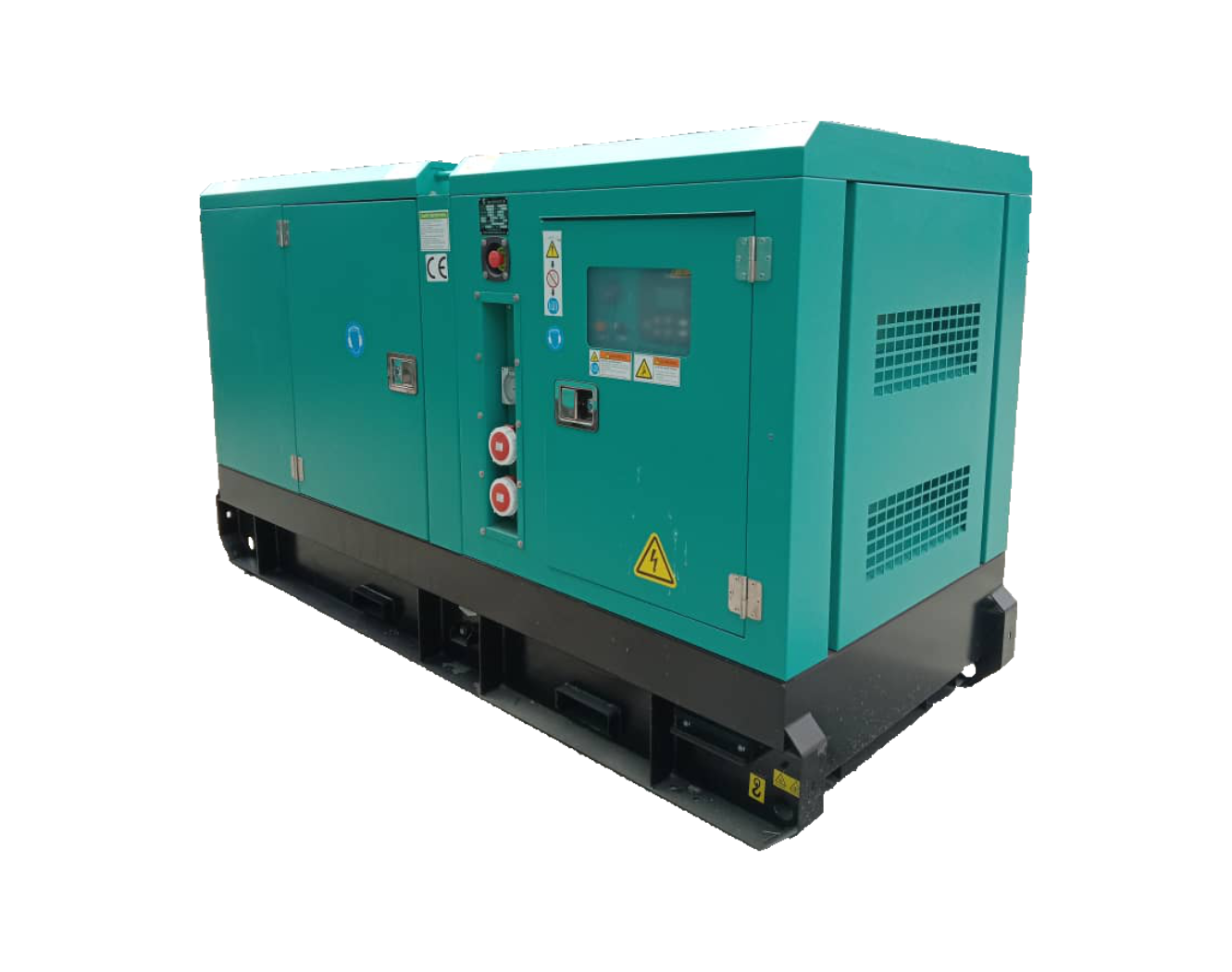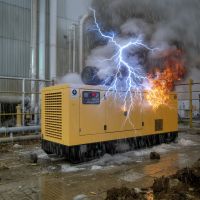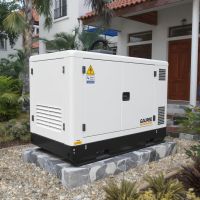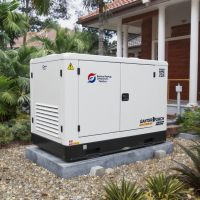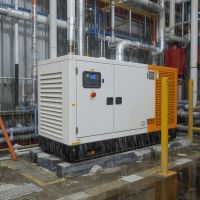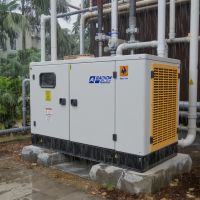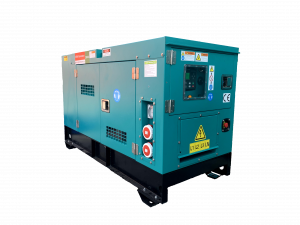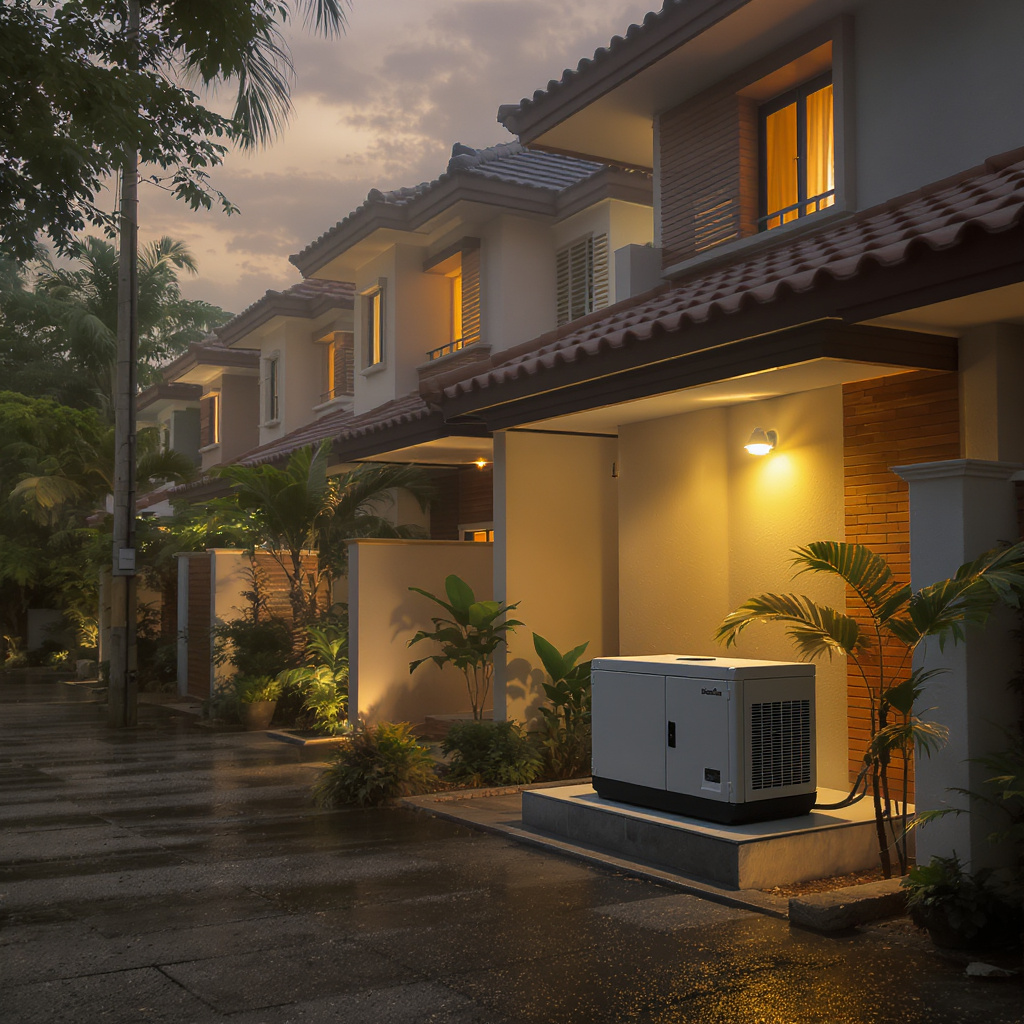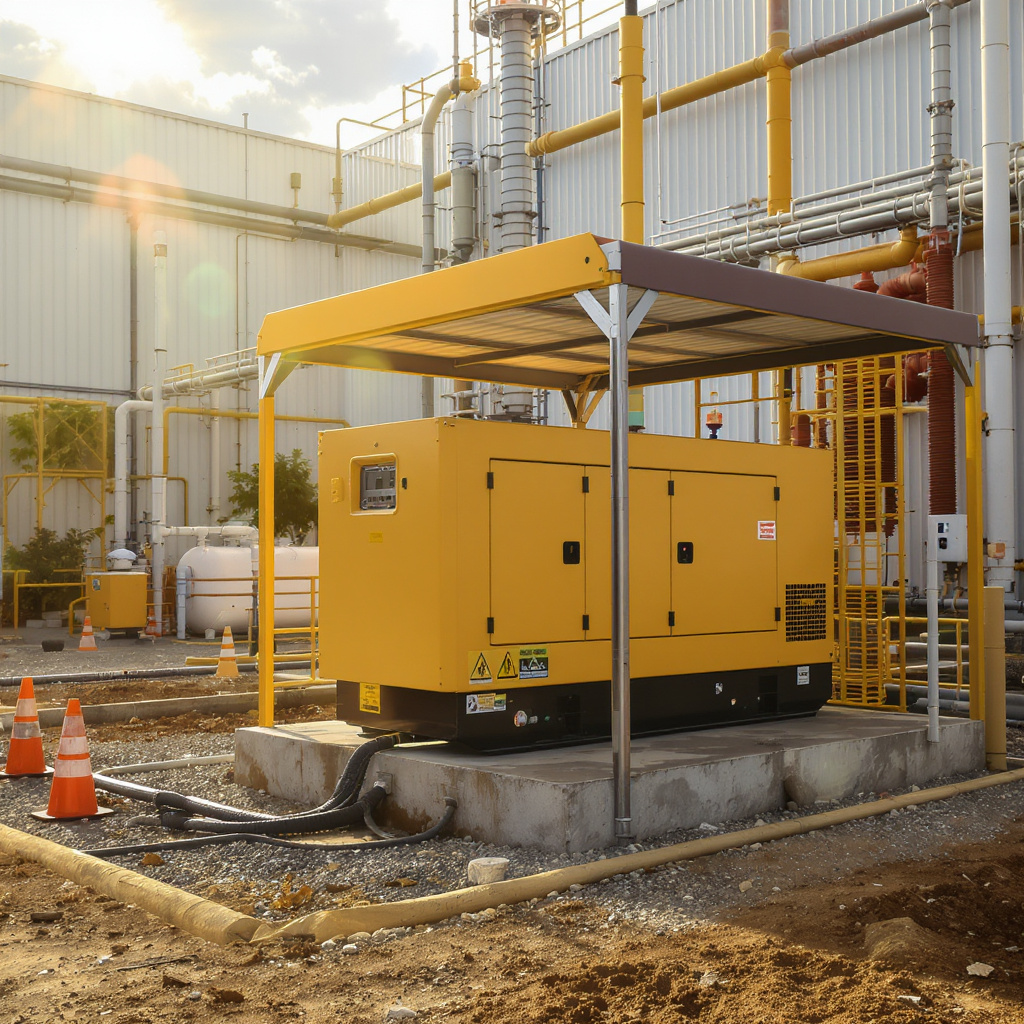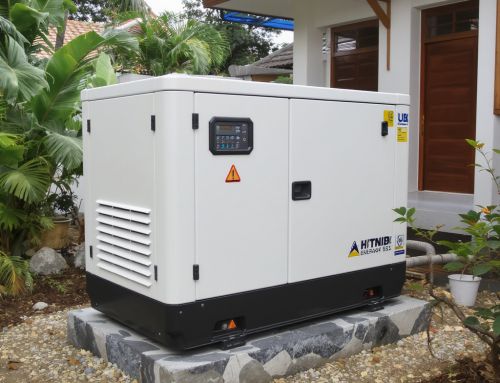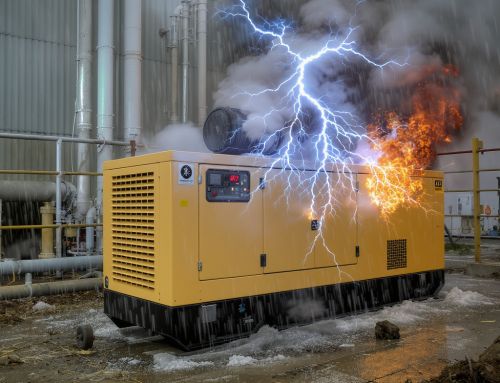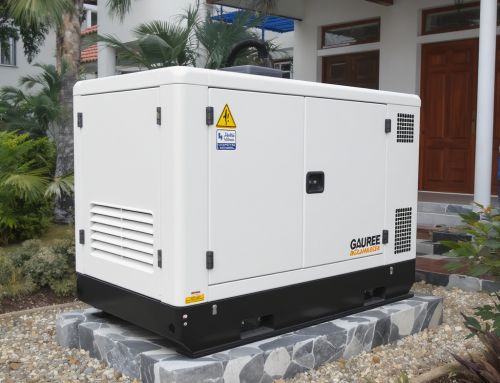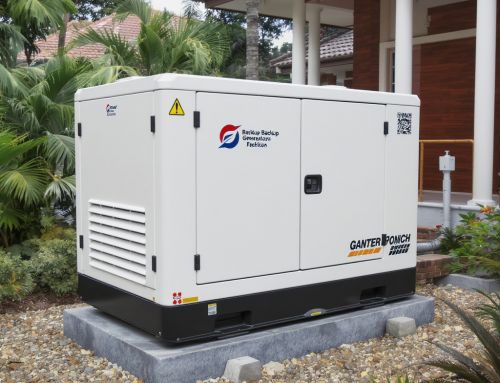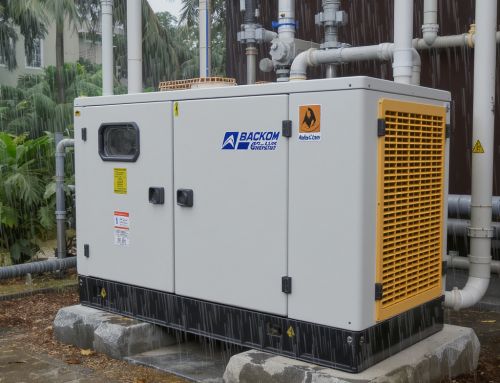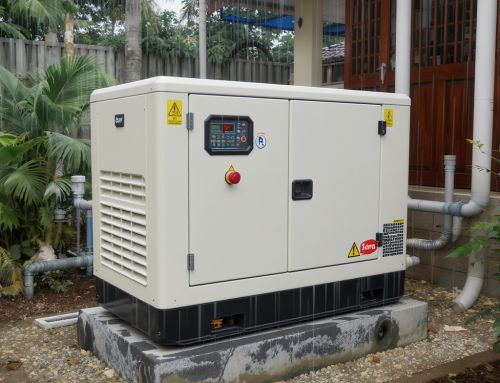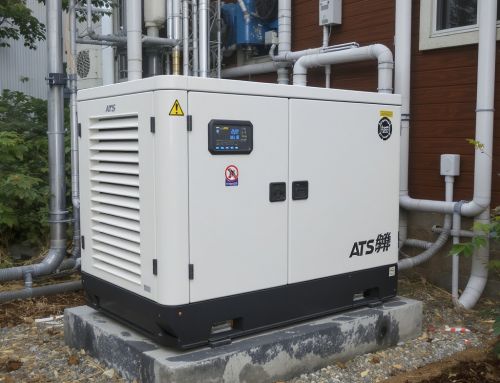Protecting Malaysian Homes and Factories During Heat-Wave Brownouts: The ROI and Compliance Case for Quiet, Low-Emission Backup Generators
Malaysia’s heat waves are becoming hotter and longer, and with them come brownouts that strain both households and production floors. Whether you manage a terrace home in Subang Jaya or a light industrial plant in Shah Alam, a right-sized standby generator is now less of a luxury and more of an operational necessity. In this article, we break down the return on investment (ROI), safety and compliance, and practical considerations for choosing quiet, low-emission backup power for homes and factories.
Why heat-wave brownouts change the equation
Air conditioners, freezers, and critical electronics surge in demand during heat spikes. Grid voltage sags can cause compressor burnout, data loss, and safety risks when lighting and security systems fail. A modern generator bridges these gaps, maintaining comfort at home and protecting throughput in factories when every hour of uptime counts.
ROI that homeowners and factory managers can defend
For homes, consider the avoided costs: spoiled groceries, electronics replacement, hotel stays, and productivity losses when working from home. For factories, add rejected batches, machine re-commissioning, and overtime to catch up on delayed orders. When you quantify even a few brownouts per year, a generator often pays back in 12–24 months, especially when matched to the right kVA rating and fuel plan.
Explore real-world sizes and price points to model your ROI: a reliable 30kVA MGM Generator can support larger homes or micro-factories, while a 100kVA MGM Mark 12 suits many small-to-mid factories with HVAC, compressors, and data rooms.
Quiet, low-emission performance without compromise
Acoustic canopies and residential-grade mufflers reduce noise to neighborhood-friendly levels—ideal for dense housing areas. Newer engines with electronic fuel systems cut particulate and NOx while improving fuel burn. For factories, additional after-treatment and correct placement of louvers help meet corporate EHS policies without sacrificing performance.
Compliance in Malaysia: do it once, do it right
From SIRIM type approvals to Department of Occupational Safety and Health (DOSH) requirements for fuel storage and noise exposure, compliance is not optional. Proper earthing, weather-rated changeover switches, and ventilation clearances protect people and assets. Working with a supplier that understands local codes accelerates approvals and reduces risk.
Practical tips for homes and factories
- Sizing and phasing: Map your critical loads and allow for starting currents. Single-phase for homes, three-phase for most factories.
- Placement: Respect boundary setbacks, airflow, and exhaust direction away from windows and neighboring properties.
- Transfer switching: Automatic Transfer Switches (ATS) ensure seamless changeover during brownouts without manual intervention.
- Fuel strategy: Diesel remains reliable; consider external tanks with bunds for factories and scheduled fuel polishing.
- Service plan: Preventive maintenance avoids surprise failures when you need power most.
Ready to keep your lights—and lines—on?
If heat-wave brownouts have already affected your family or production schedule, let’s build a resilient plan. Talk to an engineer about the right kVA, acoustic options, and compliance support. You can reach us at genset@genset.com.my or call +60129689816. For tailored recommendations or site visits, contact us here.

